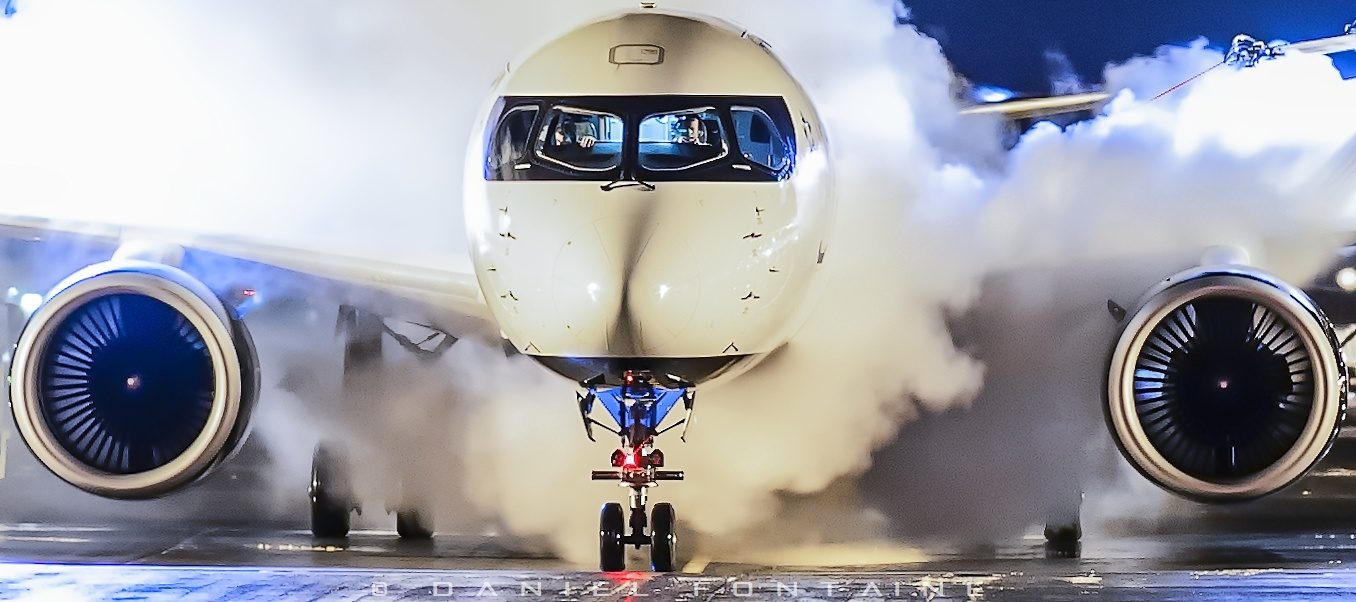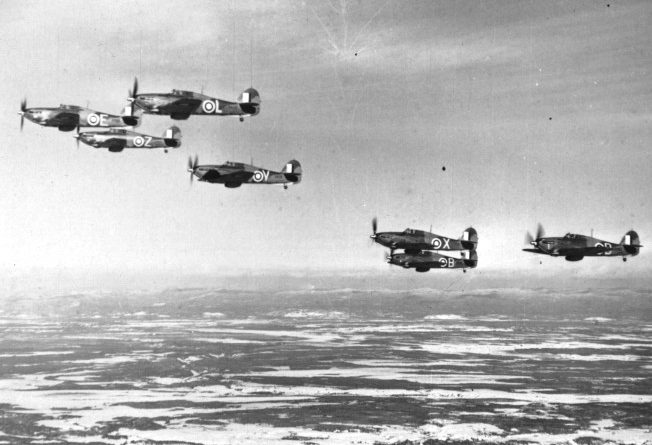Fighter planes as early as 1942 in Bagotville
Like most airports that came into existence with the British Commonwealth Air Training Plan, Bagotville is best known for its role as a training center during the Second World War. But in fact since its opening in 1942, Hurricane hunters were based but the goal was not to use it for fighter pilots.
Immediately after Germany’s conquest of Europe, the British are forced to evaluate every possible scenario in order to build a defense strategy. Fearing that the German air force will be able to conduct air raids in North America in the coming years, an assessment of the most important places to defend is conducted. Alcan’s aluminum production plant in Arvida being very important in the war effort is then classified as highly strategic. That’s why the 130th Squadron sets up with its Hurricane fighters as soon as Bagotville opens in 1942. The importance of the aluminum plant is such that radars are also installed at the opening of the aerodrome. 130 Squadron’s role is to protect Arvida’s facilities and the hydro-electric power stations that supply it; That’s where the Bagotville motto “Protect the Saguenay” comes from, which has never changed since. In 1943 the 129th squadron will take the place then retire in 1945 with the closure of the base and the end of the war.
In order to maintain the level of readiness of the pilots, shooting targets are set up on Lake St-Jean just next to the small municipality of Métabetchouan where pilots come to practice gunnery fire during the day. These exercises attract the attention of the villagers as the Hurricanes fly over the village at low altitude while sounding their machine guns. In order to assess the accuracy of the pilots, a small wooden observation tower is built on the mainland.
In winter, the boys from the village will collect the bullets and bushings on the surface of the frozen lake. At the time, accidents during training were frequent: at least two planes crashed in winter in the vicinity of the targets and another in summer very close to the village.
To write this text, the history and heritage section of the Royal Canadian Air Force website was useful but not as much as the memories of Guy Allard, who was 13 years old in 1942. The photo comes from the Walter Neil Dove collection.


